- Home
- Multimedia
- Photo Gallery
- Stunning stadiums of the world
Stunning stadiums of the world
The sporting arena is the modern equivalent of a monument, the Holy Grail of an architect’s fantasy. The brief is simple: Make a spellbinding container for the sportsperson’s soaring ambition. These beauties, for instance
Curated By:
Madhu Kapparath
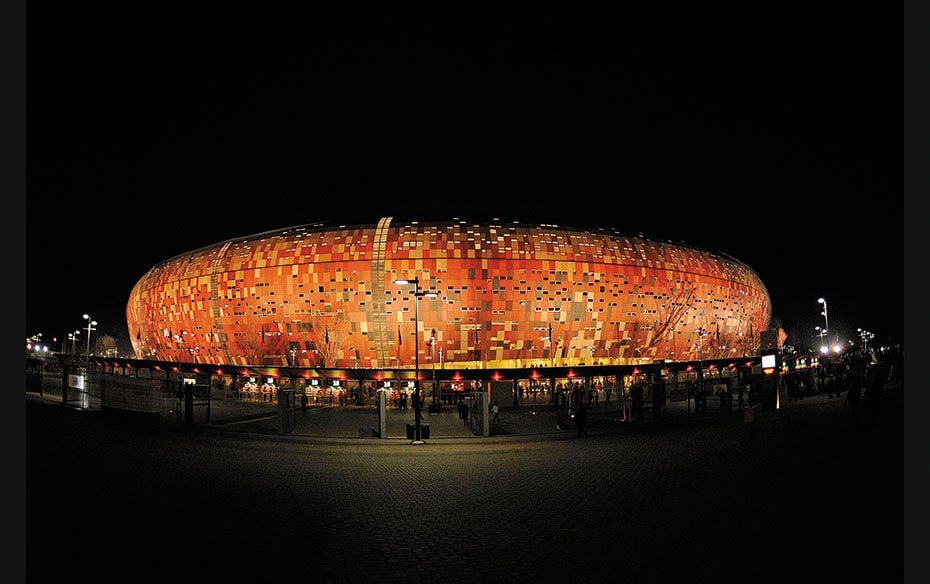
Image by : Xiaoyang Liu / Corbis
1/8
This stadium—the largest in Africa with a capacity of 94,736—was the venue for the 2010 FIFA World Cup Final, which was played between The Netherlands and Spain. Also called FNB Stadium, it underwent a major upgrade in 2010. Designed by the architects HOK Sport (renamed Populous in January 2009) and Boogertman + Partners, the stadium is also known by its nickname ‘The Calabash’ due to its resemblance to the African pot, or gourd. The cladding on the outside is a mosaic of fire and earthen colours with a ring of lights running around the bottom of the structure, simulating fire underneath the pot. No spectator is seated more than 100 metres from the field and there are no restricted views in the stadium
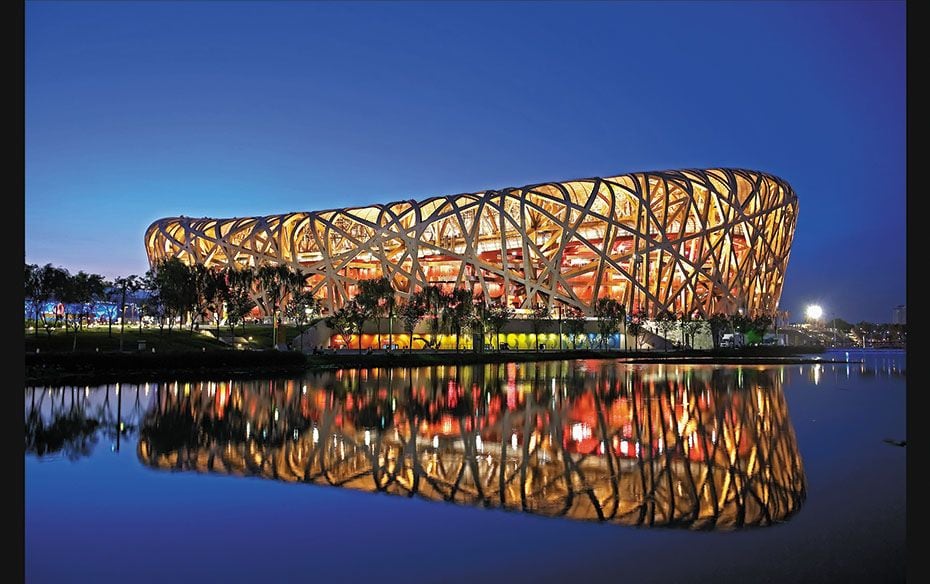
Image by : Monirul Bhuiyan / AFP / Getty Images
2/8
Popularly known as ‘Bird’s Nest’, the $428-million stadium was accomplished by Swiss architects Jacques Herzog and Pierre de Meuron of Herzog & de Meuron, project architect Stefan Marbach, artist Ai Weiwei and the China Architecture Design & Research Group (CADG), which was led by chief architect Li Xinggang. Made from 110,000 tonnes of steel, the architects allowed for the exposed steel structures to curve in a natural expression that found its inspiration from Chinese ceramics
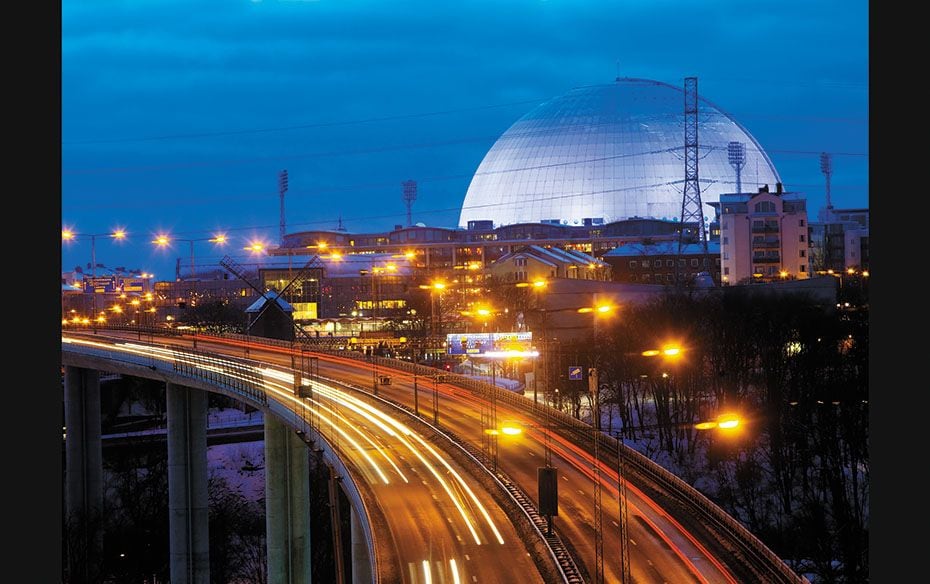
Image by : Getty Images
3/8
The Ericsson Globe, Stockholm’s indoor arena, is currently the largest hemispherical building in the world, with a diameter of 110 metres and an inner height of 85 metres. The work of architects Svante Berg and Lars Vretblad, the globe represents the Sun in the Swedish solar system. It has two spherical gondolas, each able to accommodate up to 16 people, which transport passengers to the top of the arena for virtually unobstructed views of Stockholm
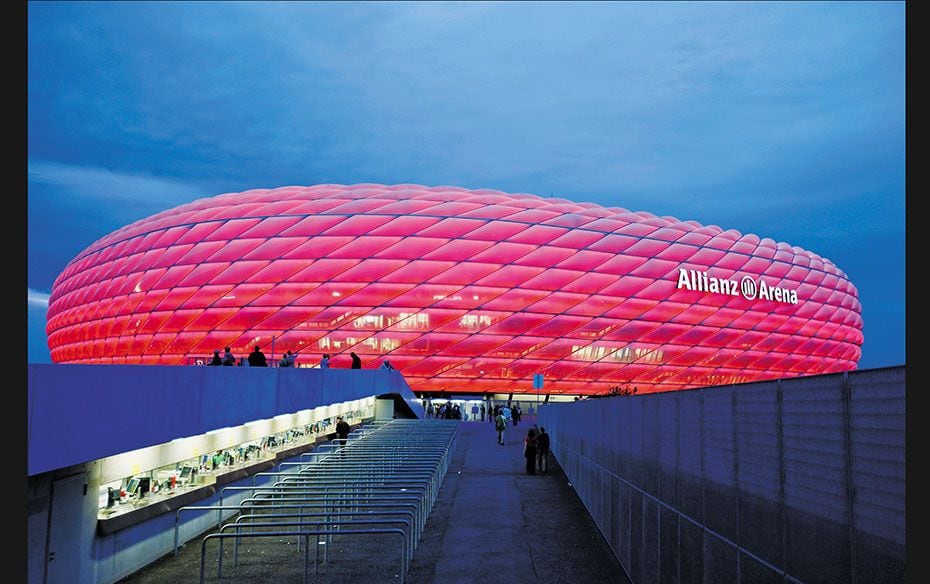
Image by : Franz-Marc Frei / Corbis
4/8
The magnificent 75,024-capacity stadium is the first in the world with a full colour-changing exterior. The Swiss architect firm Herzog & de Meuron then developed the concept of the stadium with a see-through exterior made of ETFE-foil panels, that can be lit from the inside and are self-cleaning. The stadium is designed so that the main entrance to it would be from an elevated esplanade separated from the parking space. Allianz Arena also houses Europe’s biggest underground car park
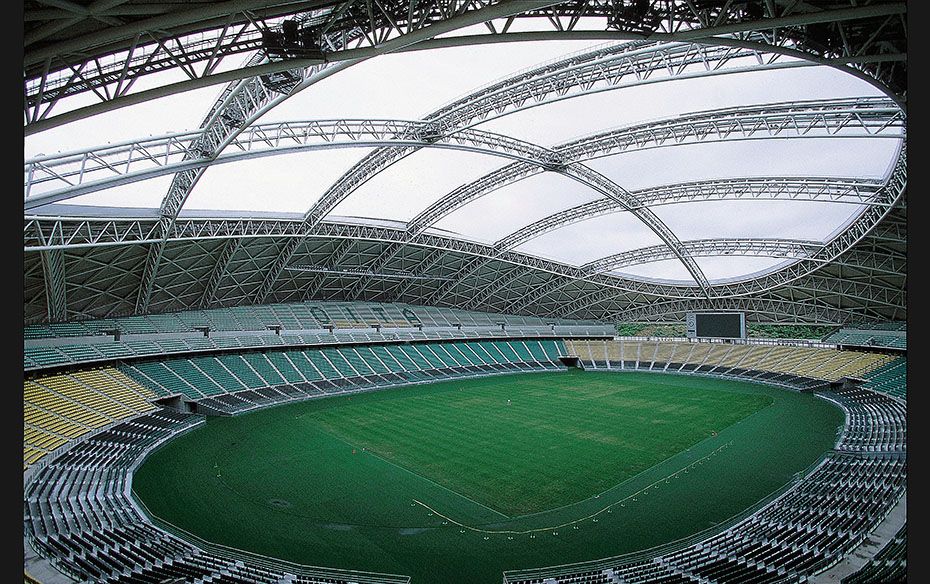
Image by : Getty Images
5/8
This multipurpose stadium has a retractable dome roof, a truly incredible piece of engineering that took dome-building to a whole new level. The brainchild of the famed Japanese architect Kisho Kurokawa, the roof resembles, when opening and closing, the winking of a human eye, hence the nickname ‘Big Eye’. The complexity of the system entails that, to move so much weight and with incredible precision, each rib—featuring thick steel wires that are tied to the roof—has a different curve ratio from the others, and each wire, a different load
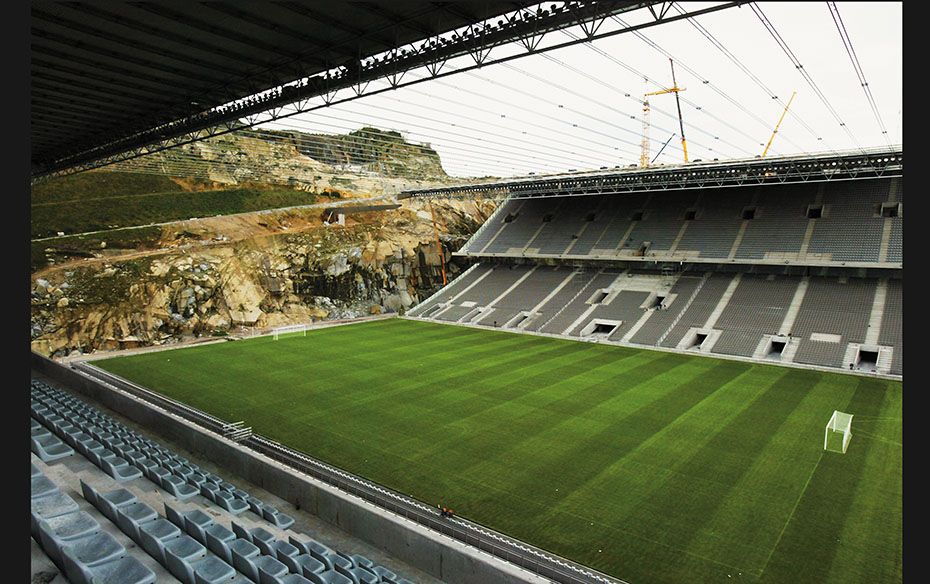
Image by : Ben Radford / Getty Images
6/8
Enormous rock moving processes added to the costs but the result is worth the spectacle: A gem of a stadium carved out of a mountainside quarry (Monte Castro) that looks out on to the city of Braga. The stadium is an extension of the mountain. Behind the goal at one end are the rock walls of the quarry and at the other is an open view of the city. Stands run only along both sides of the pitch, eschewing the seats behind the goals. When queried, architect Eduardo Souto de Moura was quoted to have moved his hand from left to right and vice versa, saying: “According to me, football is watched like this!”
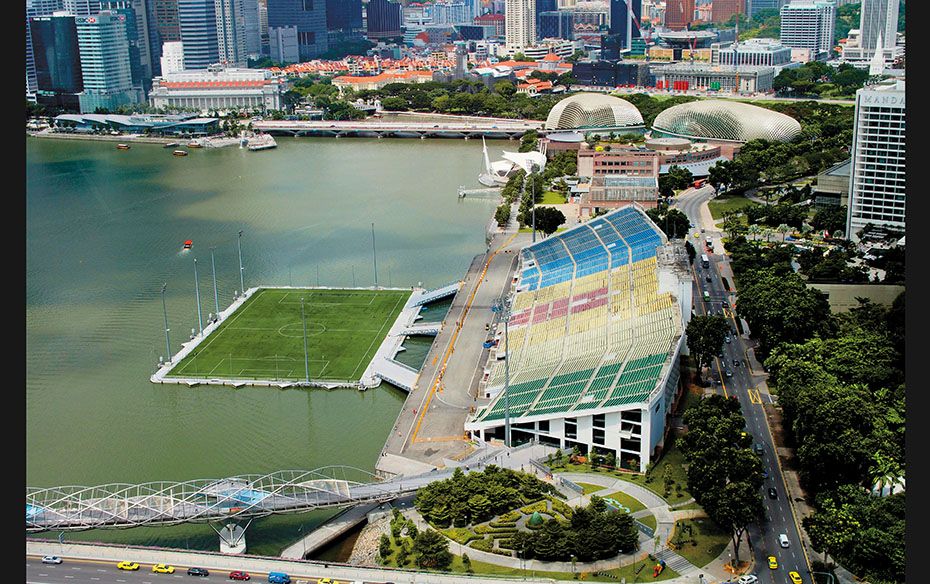
Image by : Getty Images
7/8
Simply put, it’s the world’s largest floating stage, located on the waters of the Marina Reservoir, in Marina Bay, Singapore. The idea was conceived by the organising committee of the Singapore National Day Parade. Made entirely of steel, the float on Marina Bay measures 120 by 83 metres. The platform can bear up to 1,070 tonnes, equivalent to the weight of 9,000 people, 200 tonnes of stage props and three 30-tonne military vehicles. The gallery at the stadium has a seating capacity of 30,000
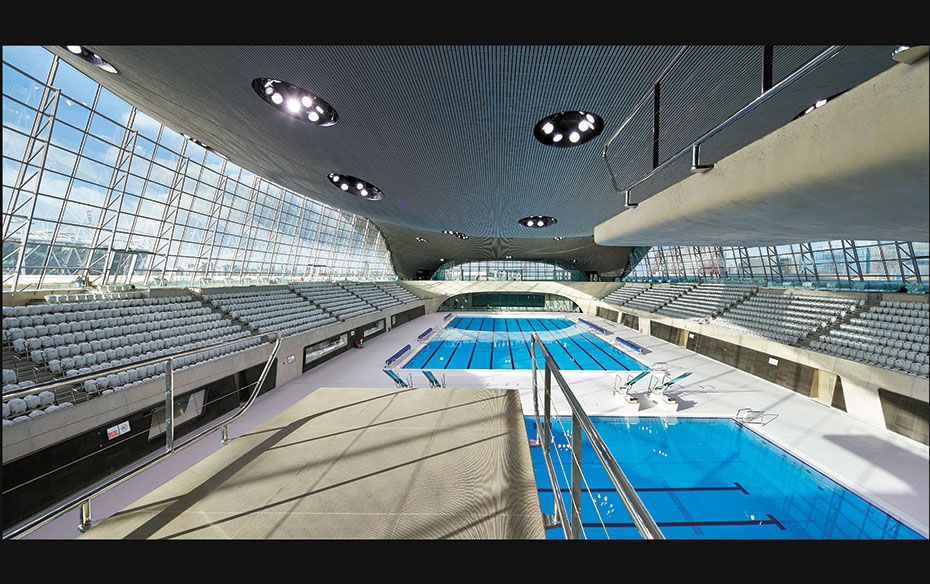
Image by : Corbis
8/8
From sculptural curves to a skyline framed by the sweeping roof, this centre—described by Jacques Rogge, former International Olympic Committee president, as a “masterpiece”—was designed by Pritzker Prize-winning architect Zaha Hadid in 2004. This indoor facility is equipped with two 50-metre swimming pools and a 25-metre diving pool with sliding booms and movable floors. Originally planned as the showpiece of the London 2012 Olympic Games, the hulking grand stands on the sides have been stripped off to present the new, lithe public swimming pool for Londoners
More Photo Gallery
X





